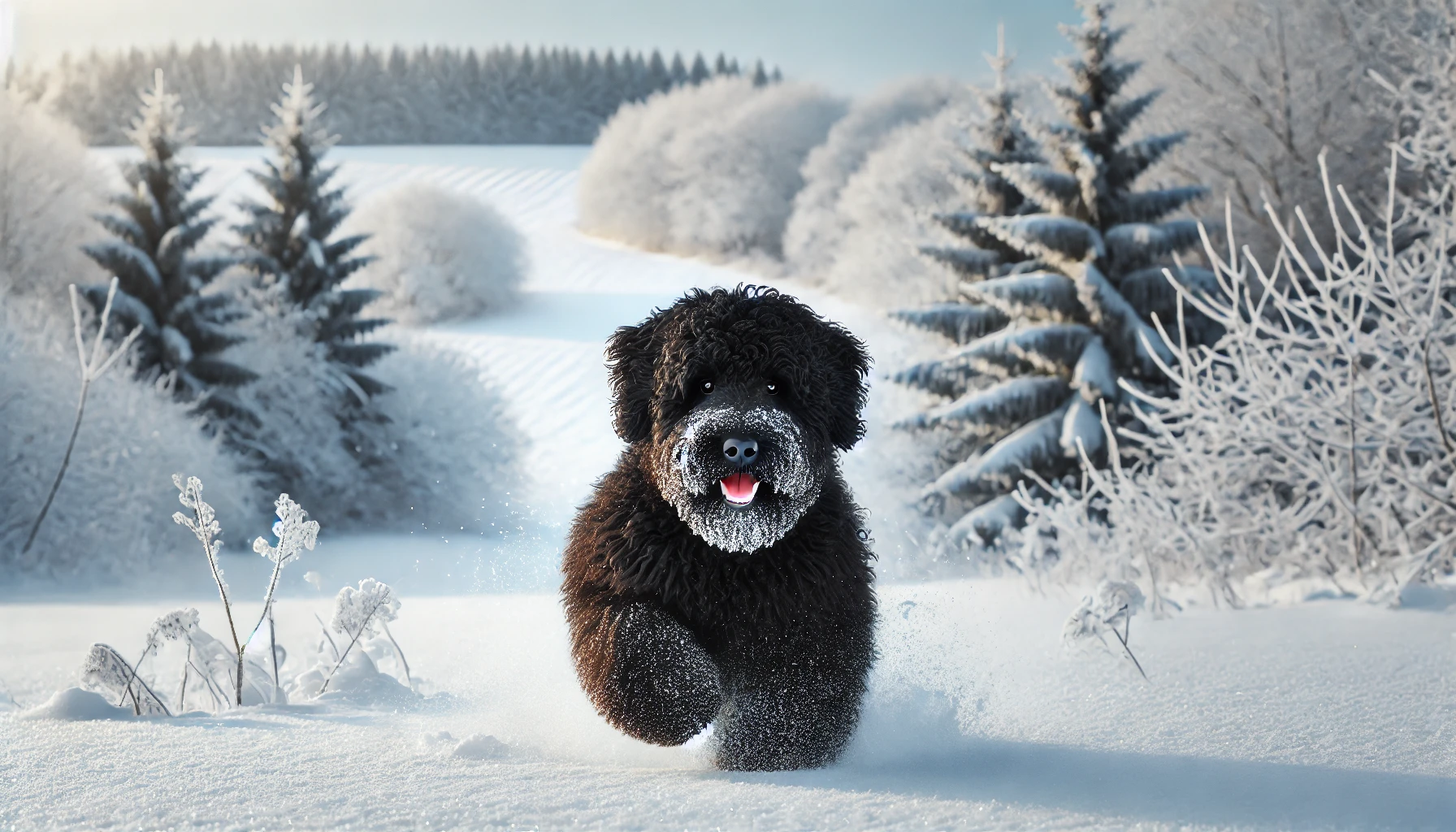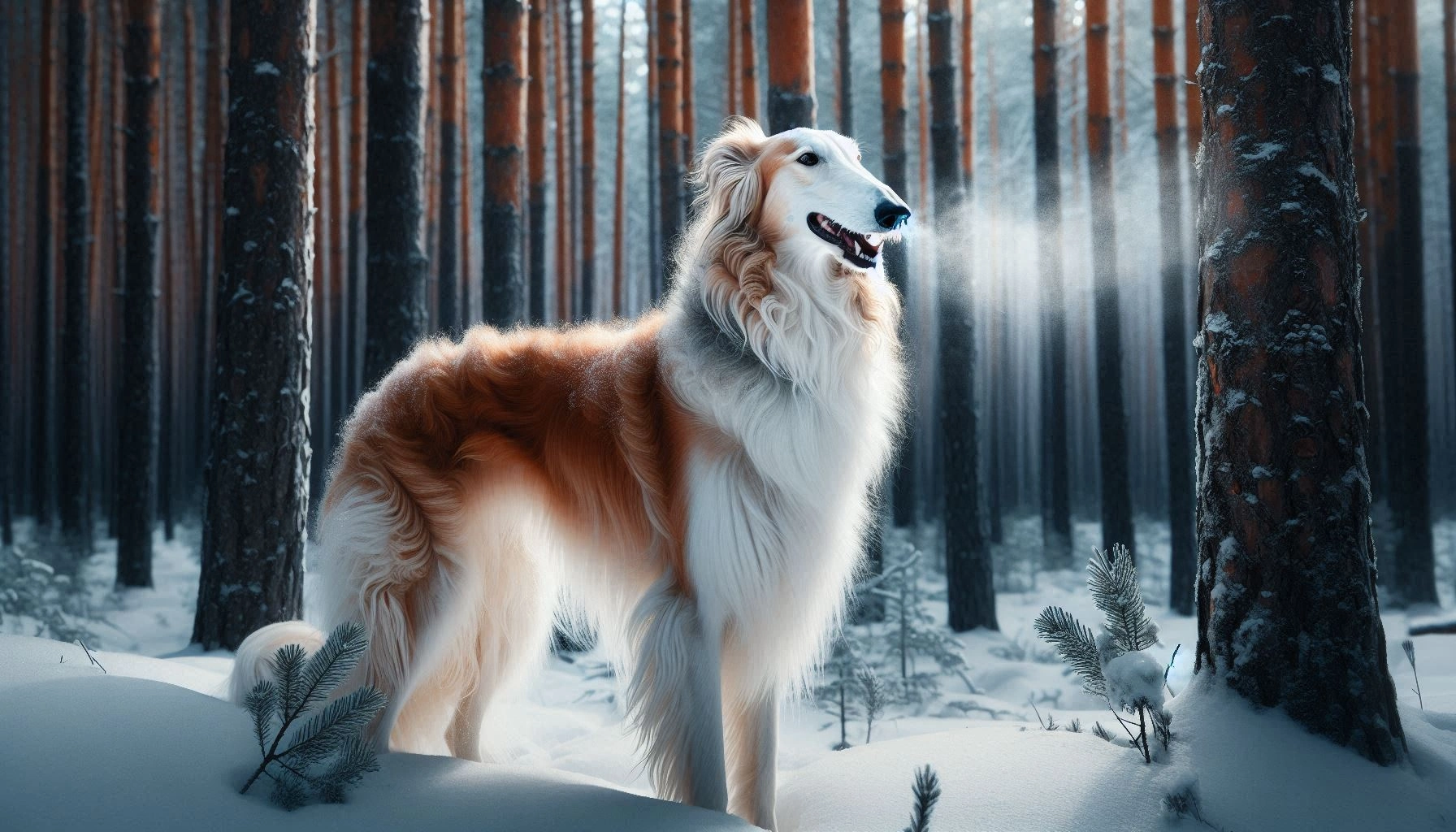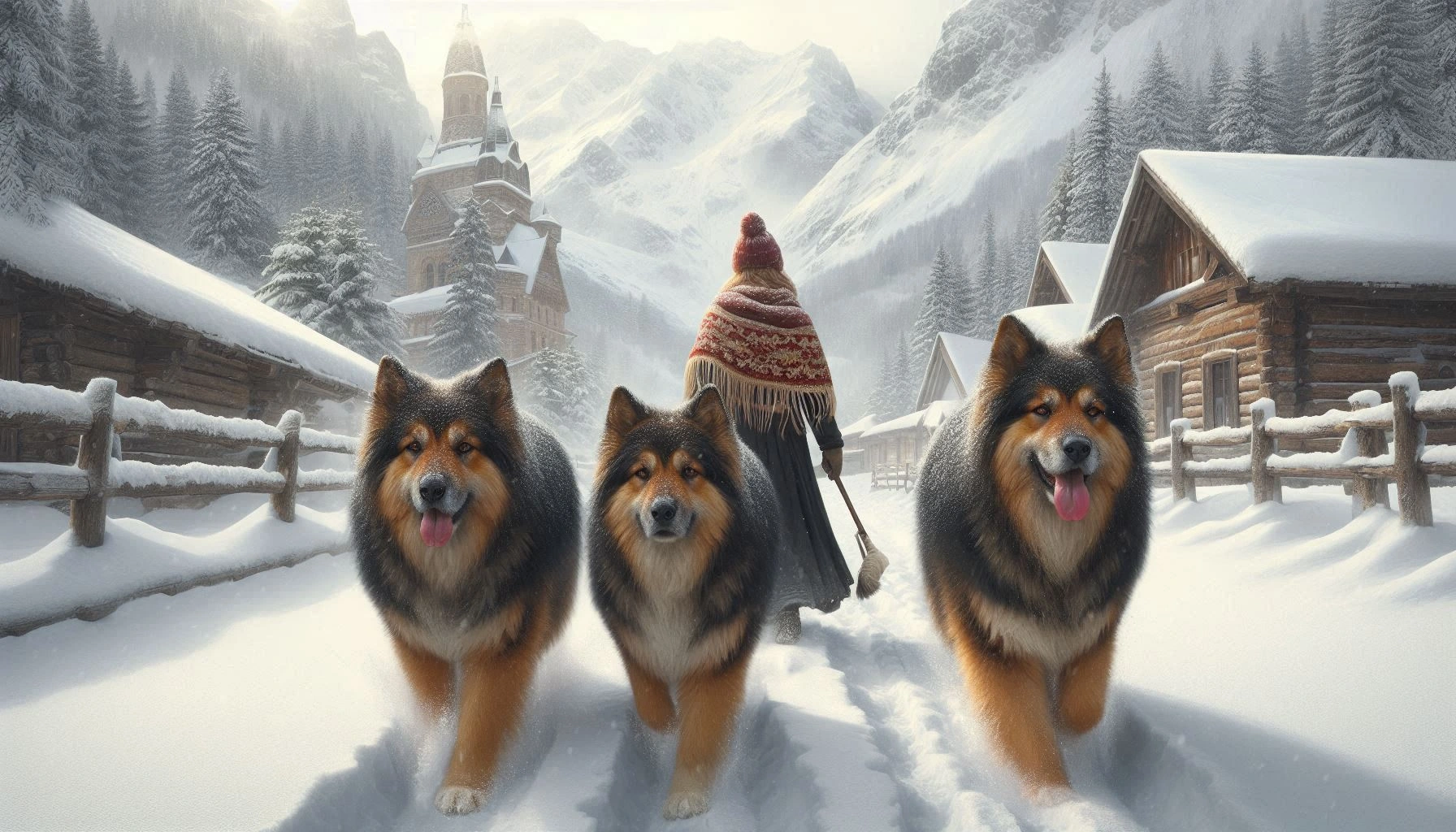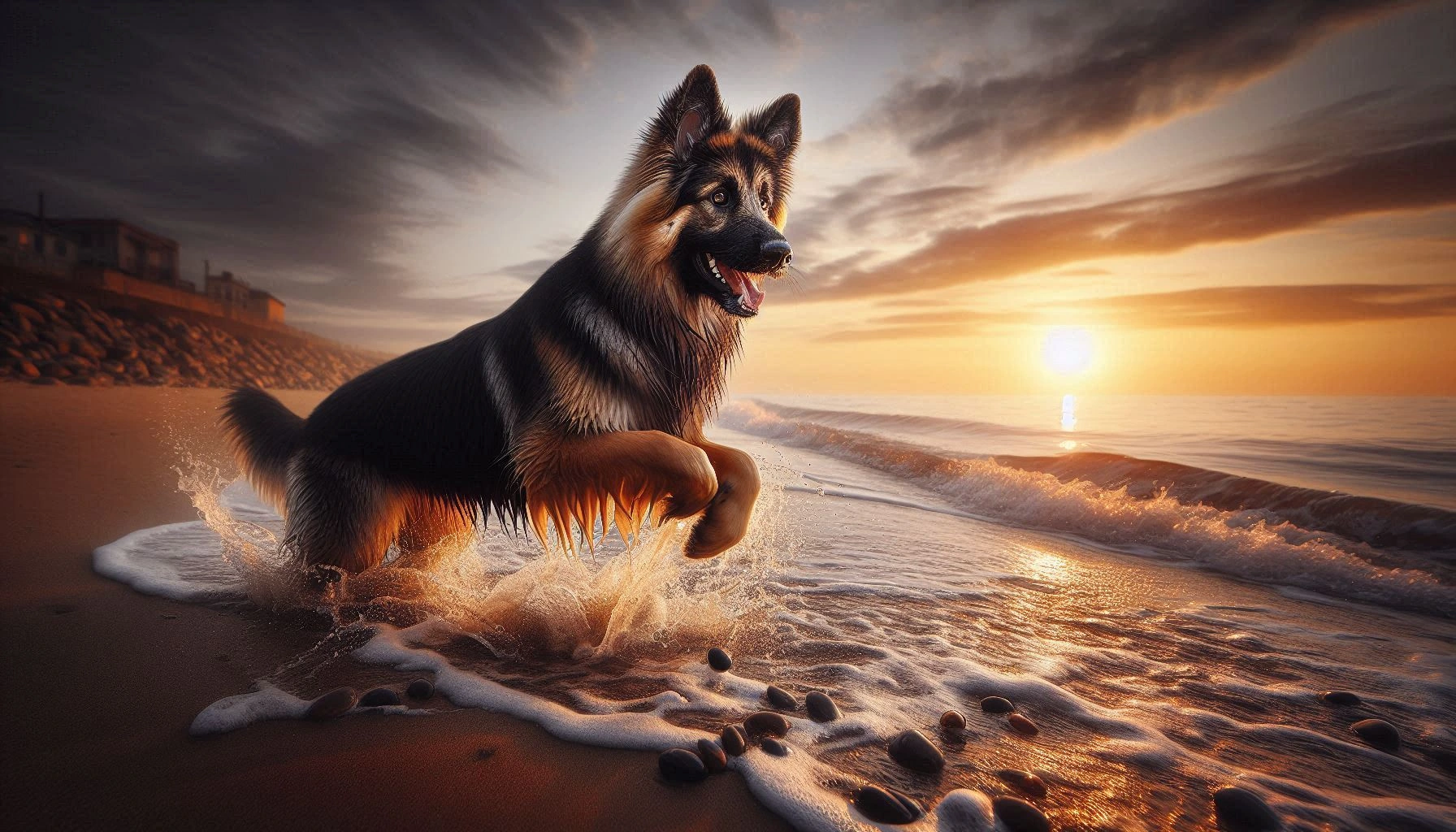Table of Contents
Moscow Watchdog Breed
The Moscow Watchdog is an impressive breed known for its size, strength, and loyalty. Originating from Russia, this breed combines the best traits of the Saint Bernard and the Caucasian Shepherd Dog. With a protective yet affectionate nature, the Moscow Watchdog is gaining popularity among dog owners who seek a devoted family companion and a reliable guardian. In this article, we will delve into the unique characteristics, history, and care requirements of this remarkable breed.
History and Origin
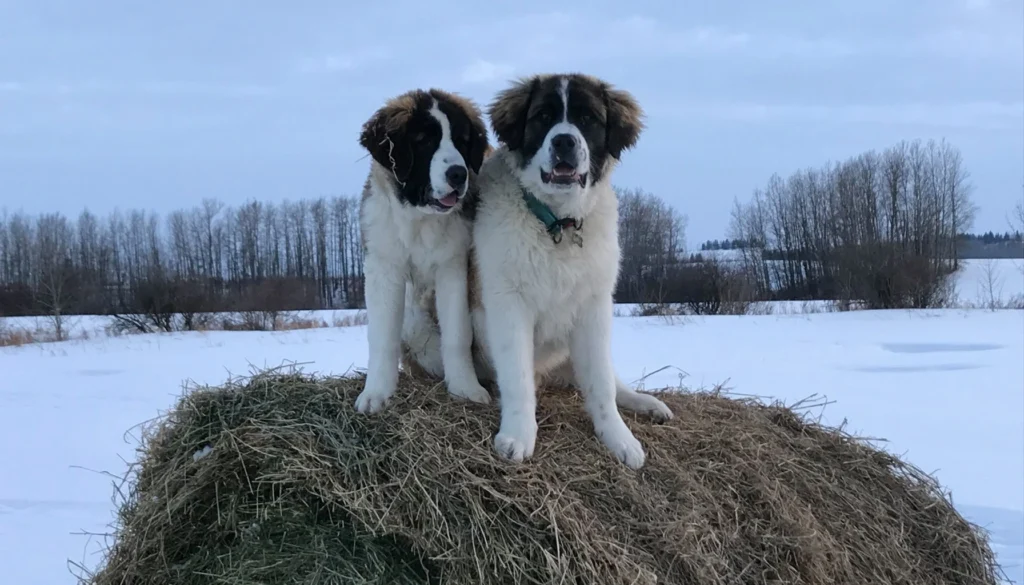
The Moscow Watchdog, or Moskovskaya Storozhevaya Sobaka, is a relatively modern breed developed in Russia during the post-World War II era. The Soviet Union aimed to create a robust, versatile guard dog capable of withstanding harsh climates and performing various roles, from guarding military installations to herding livestock.
To achieve this, breeders crossed the Saint Bernard, known for its size and gentle disposition, with the Caucasian Shepherd Dog, a breed famous for its guarding abilities and resilience. The result was the Moscow Watchdog, a breed that inherited the best qualities of both parent breeds. Officially recognized in Russia, the breed is gradually gaining international recognition.
Physical Characteristics

Moscow Watchdogs are large, powerful dogs with a commanding presence. They typically weigh between 100-150 pounds (45-68 kg) and stand 25-28 inches (64-72 cm) tall at the shoulder. Their dense, double-layered coat provides excellent insulation against cold weather, making them well-suited to harsh climates.
Coat Type and Colors
The breed’s coat is straight and medium-length, with a dense undercoat that offers protection against the elements. Moscow Watchdogs come in various colors, including white with patches of red, brown, or black. The most common coloration includes a white base with distinct, large patches of color on the body and head.
Distinctive Features
One of the breed’s most distinctive features is its expressive face, often marked by dark “eyebrows” and a broad, powerful muzzle. Their ears are medium-sized and hang close to the head, while their eyes are dark, giving them a soulful and intelligent expression.
Temperament and Personality
The Moscow Watchdog is known for its balanced temperament. While they are naturally protective and can be wary of strangers, they are also gentle and affectionate with their family members.
Interaction with People
These dogs form strong bonds with their human families, displaying unwavering loyalty and devotion. They are excellent with children, often adopting a gentle and patient demeanor around them. However, due to their size and strength, supervision is recommended during interactions with young children to prevent accidental knocks or bumps.
Interaction with Other Animals
Moscow Watchdogs generally get along well with other household pets, especially if they are raised together from a young age. Early socialization is key to ensuring they develop a well-rounded and friendly disposition toward other animals.
Health and Lifespan
The Moscow Watchdog is a hardy breed with an average lifespan of 9-11 years. Like all breeds, they can be prone to certain health issues, which potential owners should be aware of.
Common Health Issues
- Hip Dysplasia: A common condition in large breeds, where the hip joint doesn’t fit properly into the hip socket.
- Elbow Dysplasia: Similar to hip dysplasia, this affects the elbow joint.
- Bloat (Gastric Torsion): A life-threatening condition where the stomach twists, cutting off blood flow.
Tips for Maintaining Health
To keep a Moscow Watchdog healthy, regular veterinary check-ups are essential. A balanced diet, appropriate for their size and activity level, combined with regular exercise, can help prevent obesity and other health issues.
Care and Grooming
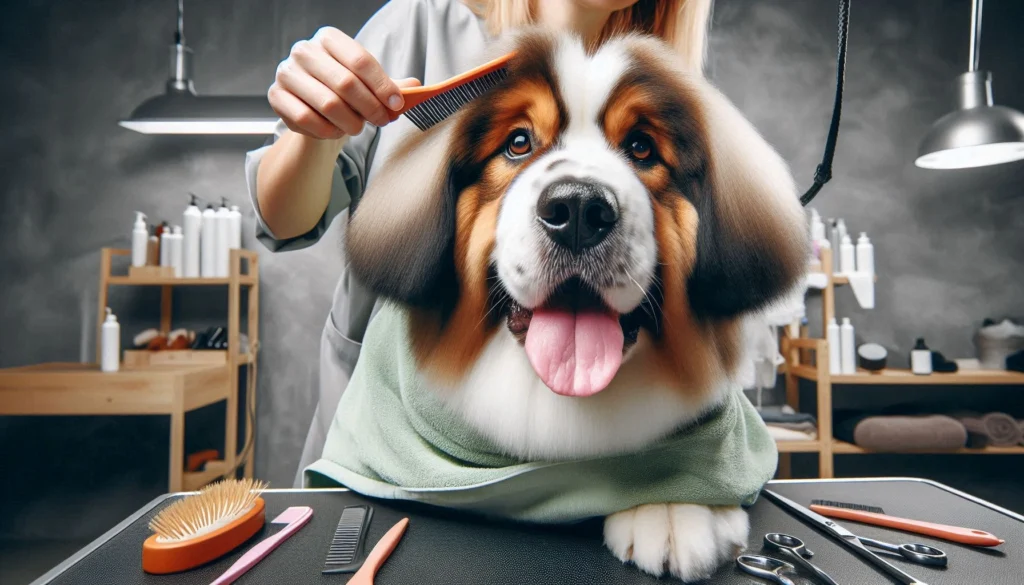
Caring for a Moscow Watchdog involves meeting their grooming, exercise, and dietary needs.
Grooming Needs
Their dense coat requires regular brushing, ideally two to three times a week, to prevent matting and reduce shedding. During shedding season, daily brushing may be necessary. Regular ear cleaning, nail trimming, and dental care are also important aspects of their grooming routine.
Exercise Requirements
Moscow Watchdogs are active dogs that need regular exercise to stay healthy and happy. Daily walks, combined with playtime in a secure yard, are ideal. They also enjoy activities like hiking and obedience training, which provide mental and physical stimulation.
Dietary Recommendations
A high-quality, balanced diet formulated for large breeds is recommended. It’s important to follow feeding guidelines based on their age, weight, and activity level to prevent overfeeding and maintain a healthy weight.
Training and Socialization
Effective training and socialization are crucial for a well-behaved Moscow Watchdog.
Training Tips
This breed responds well to positive reinforcement techniques, such as treats, praise, and play. Consistency and patience are key, as they can be independent thinkers. Early training in basic obedience commands, like sit, stay, and come, is essential.
Socialization Strategies
Exposing the dog to different environments, people, and animals from a young age helps develop a well-rounded and confident adult dog. Regular socialization reduces the likelihood of fearfulness or aggression towards unfamiliar situations.
Suitability as a Family Pet
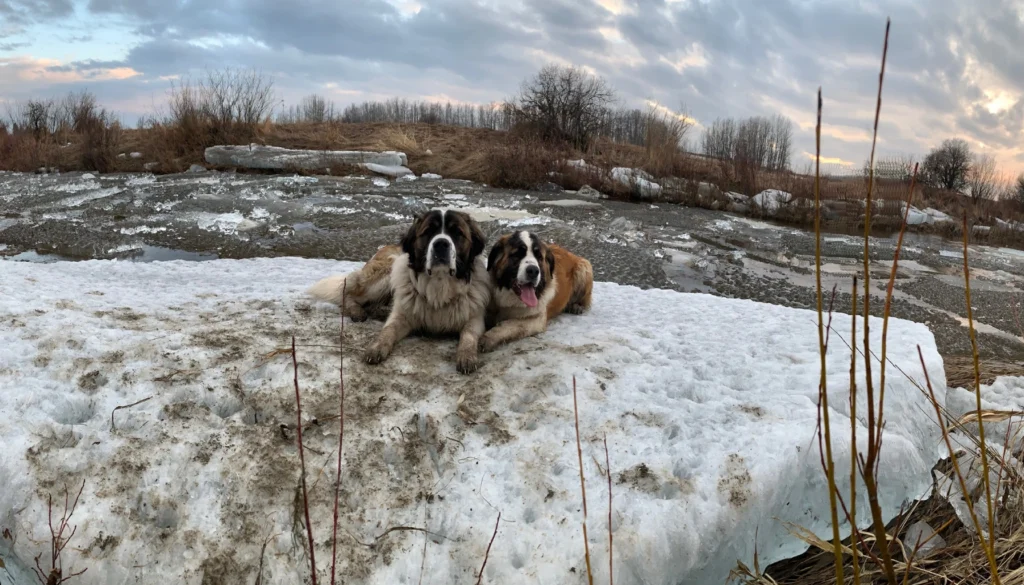
The Moscow Watchdog can be an excellent family pet, provided certain conditions are met.
Living Environment Considerations
Due to their size and exercise needs, they thrive best in homes with a large, secure yard. They can adapt to various living situations but are not well-suited for apartment living.
Energy Levels
While they have moderate energy levels, they require regular physical and mental stimulation. A bored Moscow Watchdog can become destructive, so engaging activities are essential.
Fun Facts and Trivia
- Heroic Heritage: Moscow Watchdogs were used as search and rescue dogs in the aftermath of World War II.
- Rare Breed: Despite their growing popularity, they are still relatively rare outside of Russia.
- Snow Lovers: They thrive in cold climates and love playing in the snow.
Similar Dog Breeds
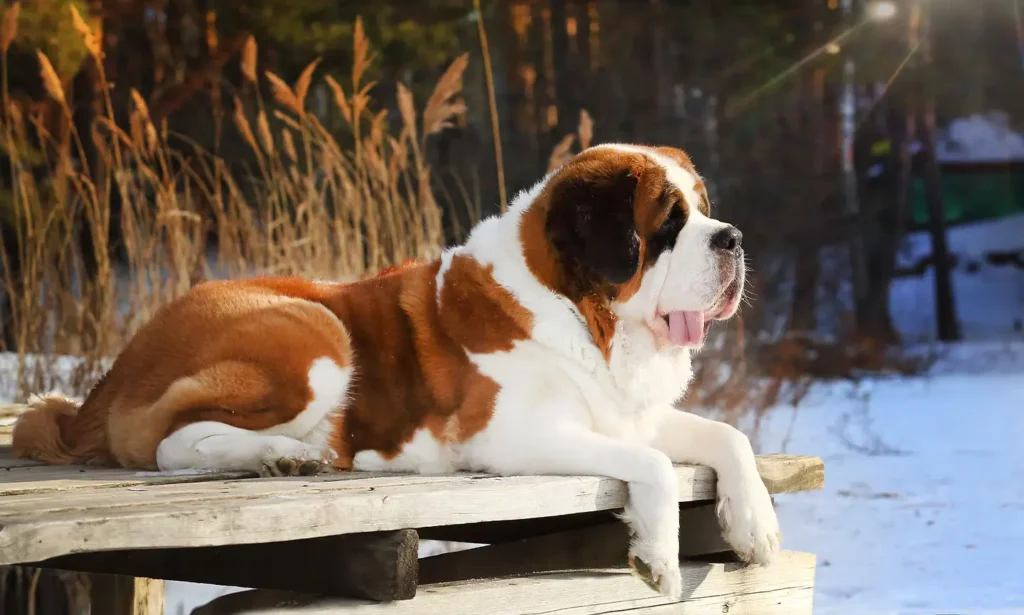
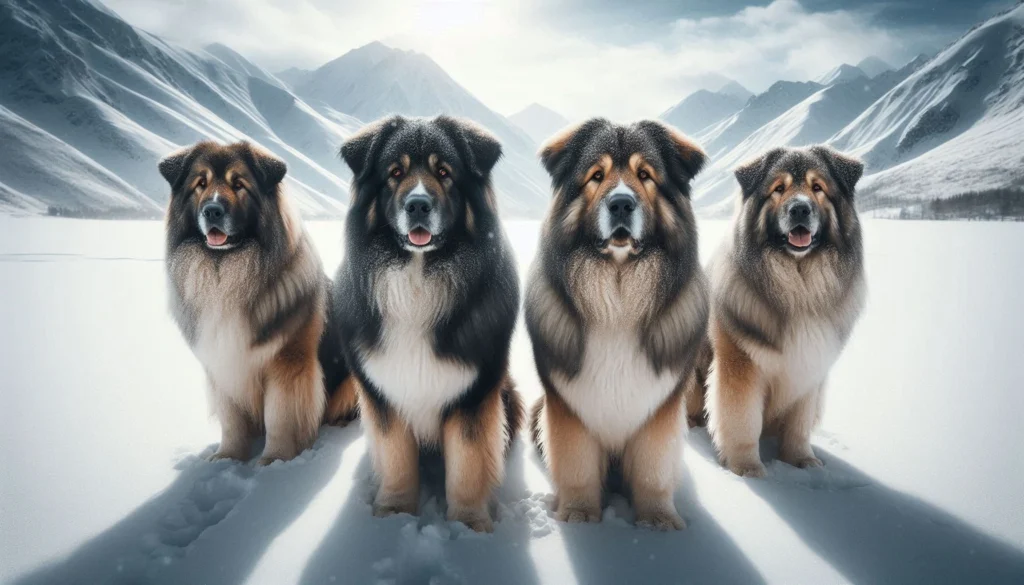
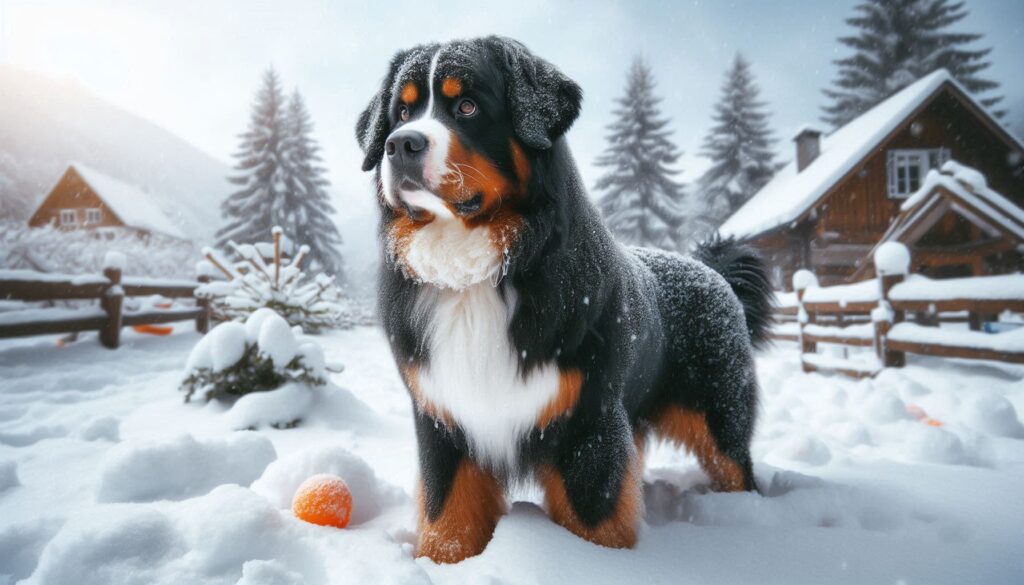
1. Saint Bernard
- Known for their gentle and friendly nature, Saint Bernards are large, strong dogs with a similar heritage to the Moscow Watchdog.
2. Caucasian Shepherd Dog
- A robust and resilient breed, the Caucasian Shepherd Dog shares the Moscow Watchdog’s protective instincts and impressive size.
3. Bernese Mountain Dog
- With a friendly and affectionate temperament, the Bernese Mountain Dog is another large breed suited to families and cold climates.
Conclusion
In summary, the Moscow Watchdog is a remarkable breed that combines loyalty, strength, and gentleness. They make excellent family pets and guardians when their needs for exercise, training, and socialization are met. For those considering adding a Moscow Watchdog to their family, exploring more about the breed and understanding its requirements can lead to a rewarding and fulfilling companionship.
FAQ
Is the Moscow Watchdog a dangerous dog?
No, the Moscow Watchdog is not inherently dangerous. While they are protective and can be wary of strangers, proper training and socialization ensure they are well-behaved and gentle with their family and visitors.
Is the Moscow Watchdog the best guard dog to protect you or your family?
The Moscow Watchdog is an excellent guard dog due to its protective nature and size. They are loyal and vigilant, making them reliable protectors for their family. However, they also need to be well-trained and socialized to balance their guarding instincts with friendly behavior.
